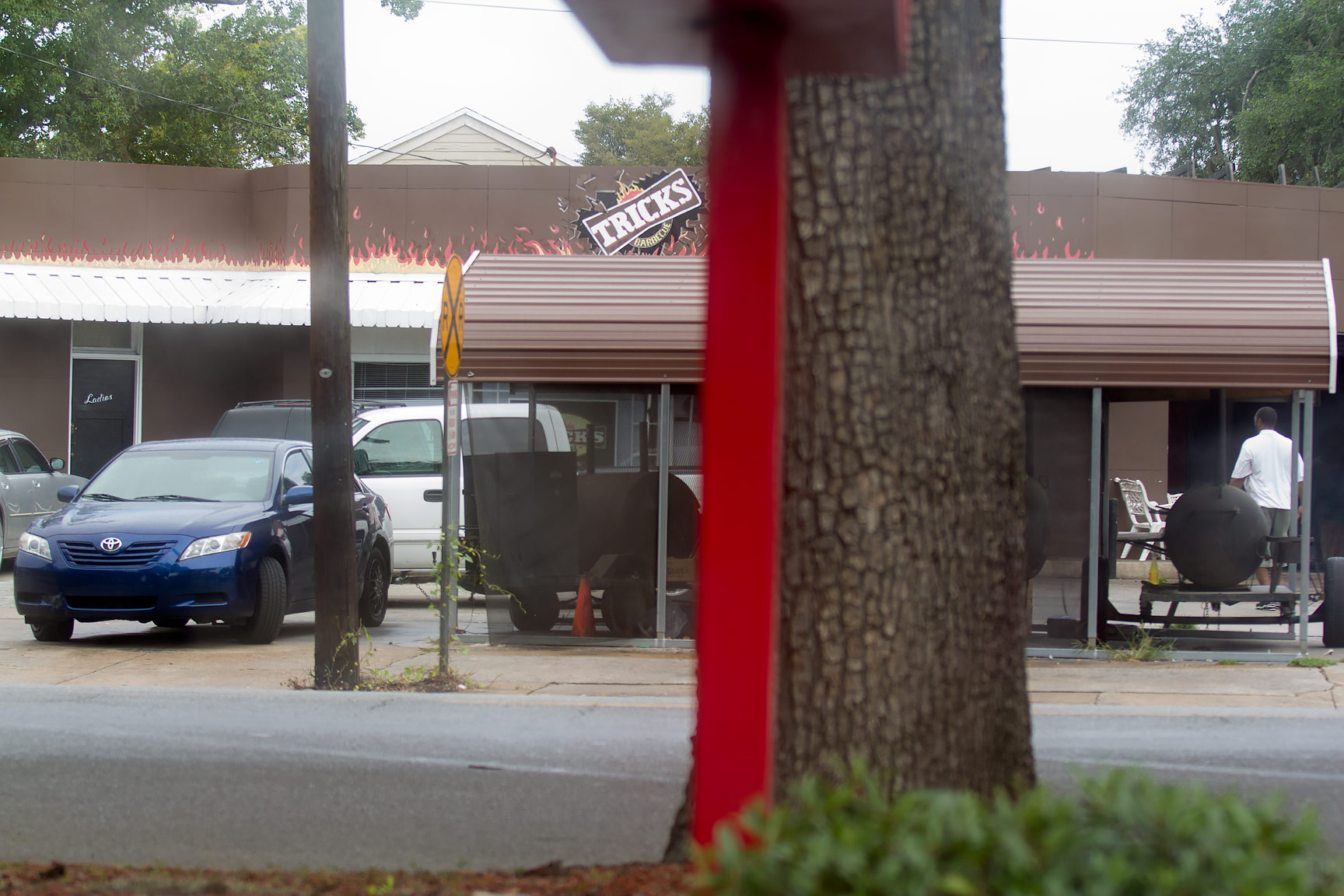Restaurant Ratings
We score restaurants based on six criteria. This is a quick explanation of what is considered as part of each criterion, but keep in mind that we may change the way we score a particular establishment if these criteria don’t fit very well. Under those circumstances, we’ll try to explain what scoring changes we’ve made in the body of the review.
For each category, we consider an average score to be a 5 on the ten-point scale. A five is not bad; it is simply what is expected. In order for an establishment to score higher than a five, it must be obvious that someone has put some extra thought and/or effort into that particular area. In each case, these are relative to the type of establishment we’re talking about; we have different expectations for a nice steak house, a burger joint, and a food truck, for example.
The final score for the establishment is an average of all six criteria.
1. Service
This is pretty self explanatory. At a bare minimum, we expect the staff to be courteous and available, and we expect food preparation to be quick (relative to the type of food that’s being ordered). Staff that is particularly friendly and knowledgeable will score higher, while we’ll make deductions for slow and rude service.
2. Atmosphere
Atmosphere includes the location, decor, aroma, noise level, and music along with anything else in particular about the location that make it enjoyable to visit. For street food or back-street dives, authenticity can be an advantage. [Here I’m thinking about places like Trick’s BBQ in Savannah, GA, which was run from a tent in front of an old mechanic’s garage: it was unique, fun, and authentic.]
“Atmosphere” also covers cleanliness.

3. Food
Again, pretty obvious. This covers how good the food tastes and how well it was prepared, as well as the quality of the ingredients.
4. Menu Variety & Originality
In general, we offer a higher score for a menu that contains creative and original dishes, or gives us interesting preparations of classic dishes. We also expect some variety in a menu, though we prefer fewer well-prepared dishes to numerous middling ones.
5. Presentation
“Presentation” is, as you’d expect, a judgement of how good the food looks and smells. In order to receive a rating higher than (5), the it must be obvious that extra thought has been taken into consideration in plating, food arrangement, garnishes, and the like. We take into consideration the expectations for the particular type of restaurant in question.
6. Value
“Value” reflects whether prices that are charged by the restaurant are justified by the quality and quantity of the food that we receive. Higher scores represent food that is significantly higher in quality than we’d expect for the prices paid. This may be the most difficult area in which to achieve a high score.
Rood Beer Ratings
Unlike our restaurant ratings, the final score of a root beer is not simply an average of its component scores. The 6 component scores indicate how a root beer compares to a traditional, mass-produced root beer like A&W. However, we realize that there is no single perfect formula for root beer; there are good creamy root beers and there are good sharp root beers, for example. Therefore, the overall score is an independent rating of how much we’d like to drink a particular root beer compared to the standard. This score is 0 to 5 stars, with the standard being a 2.5 star rating.
We look at these features of a root beer:
1. Head
2. Body
3. Creaminess
4. Carbonation
5. Flavor
6. Bite
